I've been a fan of Huawei phones ever since I picked up my first one, the P10. On top of that, later iterations never failed to disappoint, always tickling my inner smartphone camera nerd, and that includes callbacks to beloved phones of the past. For example, the P20 Pro was the first handset since Nokia Lumia 1020 to include a 40MP sensor, and then the P30 Pro came along and gave us low-light performance that seemed like magic.
The P40 Pro, which arrived back in April, disappointed me a bit, but not for the reason you'd think. After three generations of blowing me away with amazing camera improvements, all that really seemed improved on the P40 Pro was a better 5x zoom lens. In other words, it seemed iterative, and all the while, I felt like the real revolutionary improvement that I've come to expect from Huawei can be found in the P40 Pro+.
So here we are. The P40 Pro+ swaps out the 5x zoom lens for not one, but two telephoto sensors. One of them is 3x and one of them is 10x. You can use the camera to zoom in at up to 100x, not that you'd actually want to. But still, you'll get better lossless zoom from this phone than pretty much anything else.
Specs
| CPU | Octa-core HiSilicon Kirin 990 5G, dual 2.86GHz Cortex-A76, dual 2.36GHz Cortex-A76, quad 1.95GHz Cortex-A55 |
|---|---|
| GPU | Mali-G76 MP16 |
| Body | 158.2x72.6x9mm (6.23x2.86x0.35in), 226g (7.97oz) |
| Display | 6.58 inches, 1200x2640, 441ppi, OLED, 90Hz |
| Camera | 50MP Ultra Vision (f/1.9, OIS) + 40MP Cine Camera (ultra-wide f/1.8) + 8MP SuperZoom (10x f/4.4, OIS) + 8MP Telephoto (3x f/2.4, OIS), 3D Depth Sensing Camera, Front - 32MP Selfie (f/2.2) + Depth Camera |
| Video | 4K - 60fps, Front - 4K - 60fps |
| RAM | 8GB |
| Storage | 512GB |
| Battery | 4,200mAh, 40W SuperCharge, 40W Wireless SuperCharge |
| Colors | White Ceramic, Black Ceramic |
| Price | £1,299 |
Day one
Design
I mentioned the P20 Pro earlier, and one thing that always stuck out to me was the gradient 'Twilight' color, and at the time, no one was doing anything like that. Huawei has continued to experiment with pretty colors and unique textures and finishes. The P40 Pro+, however, comes in black and white, although it's made out of ceramic, so it does look and feel quite premium. If you want colors though, you'll have to look toward the P40 Pro.

The color that Huawei sent me, of course, is called Ceramic White, and it's sexier than I expected it to be. It's easy to think that a white smartphone is boring, but it's not. That's because it's not made out of glass, so it has a different finish from your average white smartphone. Indeed, it's quite enjoyable to behold.

As for the rest of the back, you'll find the massive camera bump in the corner. Note that Huawei always places cameras in the corner for the P-series because it's meant to be more camera-centric, so it should be held in landscape orientation. The Mate series tends to have the camera in the middle.
The camera housing is in the shape of a domino with rounded corners, as that's the trend over the last year. In fact, it looks a lot like a Galaxy S20 Ultra or Note20 Ultra. But everyone is doing the rectangle with rounded corners, including Apple, Google, Samsung, Motorola, and more.

On the bottom of the device, there's a USB Type-C port for charging, a nano-SIM slot, and a speaker grille. There's no 3.5mm headphone jack on this device, unsurprisingly, but I got to use the FreeBuds 3 that Huawei sent me a while back. Strangely, I had thought they were defective when I first got them, but they worked fine this time around.
The nano-SIM slot can hold a second SIM or Huawei's NM memory card. While there is dual-SIM support, only the primary SIM supports 5G, although you can set either SIM as the primary.

All of the buttons are located on the right side of the device, including a power button that's marked with a red line, and a volume rocker.
This is a pretty phone with a mostly unique design, thanks to the ceramic material. The only thing that will get in your way is that big camera bump. You can use a case to offset it, but then you won't see the pretty ceramic.
Display
The screen is the one thing that's exactly the same between the P40 Pro and the P40 Pro+. It comes in with a 2640x1200 resolution, and the OLED panel has a 90Hz refresh rate. It also comes with a hole-punch cut-out in the top-left corner for the front-facing camera.

Huawei said that this screen is inspired by a glass of water that's just about to overflow. It has subtle curves on all four sides, so it's like it's sticking out just above a glass. This is in contrast to the design of the Mate 30 Pro, which has waterfall sides. The Shenzhen firm likes to say that it's designs are inspired by nature, so this is another example of that.

The screen is OLED, and that's important on Huawei devices. With OLED screens, pixels can be turned off, so you get true blacks, rather than having a backlit LCD. For example, if you have a phone with an LCD and it shows you an ambient display with the time, you'll be able to see the borders around the screen. With an OLED display, the only thing lit up is the time.
The reason that it's particularly important when it comes to Huawei phones is that the company only offers dark mode and the always-on display on phones with an OLED display. If you got something with a regular LCD, you lose those two options.
Camera
There's a reason that this review is happening when it is. My wife and I recently took a trip up to Acadia National Park for a very much needed weekend vacation. Here's the deal: I never travel without a Huawei phone. In fact, if I'm going anywhere where I might take pictures of memories I want to keep forever, I make sure I have a Huawei phone with me.
Sure, I have plenty of Huawei phones that I've collected over the years, but this seemed like the perfect time to check out the P40 Pro+. Besides, the P-series always ends up being announced just early enough in the year that the trees are still bare and it's tough to take pretty outdoor pictures. The timing on this one is perfect.
I tell this story to demonstrate that I'm not just being a cheerleader for a product. This is a product that I use when given a choice between anything I want. No one is paying me to take my pictures with Huawei phones.
This device actually has a five-camera design, and yes, Huawei is still using its incredible Leica sensors. The main sensor is 50MP, and it's the only one that uses the company's new RYYB technology. Introduced with the P30 series, RYYB puts yellow pixels in place of the green pixels in RGB. It allows in 40% more light, and low-light performance is excellent.
Huawei also jacked up the resolution on the ultra-wide lens, as it's now 40MP. But the real story is the two telephoto lenses, which come in at 3x and 10x zoom. Back when the P30 Pro came out, Huawei made a big deal about being able to zoom in at 50x; well, now you can zoom in at 100x.
To be clear, 50x zoom on the P30 Pro and 100x zoom on the P40 Pro+ are equally terrible. But that's true of pretty much all phones when you max out their zoom capability. You can still do a lot better with the P40 Pro+ when it comes to zoom.
There are a lot of samples here, but this camera does a lot of things. There are different portrait mode settings, and my favorite, aperture mode. Aperture mode is like portrait mode for objects, and you can adjust how much of a background blur you want on that too. Personally, I think the natural bokeh is so good on this phone that it's not as necessary.
Of course, we've got some 100x zoom shots in there, and you can see what it really does. But on most of them, I also tried taking the same shots at 10x, 30x, and 50x zoom. While 100x zoom isn't practical for most cases, this phone does 10x zoom better than most, and even at 30x zoom, it's really impressive.
On top of all of that, low-light performance is phenomenal. Huawei pioneered the night mode that we see on so many smartphone cameras today, but on its newest phones, you don't even need to use it.
One other thing I want to point out is video. For the first time, the P-series can record 4K 60fps video, even though Apple and Qualcomm have been doing it for a couple of generations now.
You can also record 720p slow motion video at up to 256x, or 7680fps.
Huawei Mobile Services
As I'm sure everyone reading this knows, this phone does not have Google Play Services, just like any modern Huawei phone. Speaking for myself, I didn't have an issue with it, but there are some things that you need to know.
First of all, most apps are easy to obtain. I started off by using Huawei's Phone Clone, which copies all of your non-Google apps from your previous Android phone, and it's a good start. If you need to download more apps, you can use Huawei's Petal Search, which not only checks its own AppGallery, but it will also help you to side-load an app from a trusted source. It's actually a pretty seamless experience.
The only headaches that you'll experience is that some apps don't work quite as expected, and some don't work at all. For example, you can install a Google app, but it won't work. Oddly, Google Messages worked, but it couldn't use Messages on the Web, or let me share my location with someone. Many apps rely on Google services for delivering notifications, so for some apps like Twitter, just don't expect notifications.
Some apps, like Microsoft To Do, will display a pop up saying that it won't work properly without Google services, and then apparently work fine. I did talk to the To Do team about this though, and it's working to get rid of that notification. Honestly, I didn't expect any issues with Microsoft services.

But that's why I didn't have any issues in my personal use of Huawei Mobile Services. The bulk of the services I use are from Microsoft and Amazon, two companies that strive to create their own ecosystems, not relying on Google. In fact, if you want to make sure that an app will work properly without Google services, you can always get it from the Amazon Appstore, where you can get popular apps like Netflix, Skype, and more.
The biggest problems you'll run into are notifications and maps. Yes, the Google Maps API is another thing that apps rely on. DoorDash works in, in that you can go ahead and place an order, but you can't look at a map to see where your driver is.
For actual navigation, I used Here WeGo, which is an excellent maps application. Windows phone fans might remember it from when it was owned by Nokia, and iOS users might have installed it back when Apple booted Google Maps from its platform and Apple Maps was terrible.
So, I used things like Here WeGo, Microsoft OneNote, Amazon Kindle, Comixology, Netflix, Facebook, Twitter, Instagram, DoorDash, and Outlook (yes, there's no Gmail or Google Calendar, but there are plenty of third-party clients). All of my banking and credit card apps worked too. Many didn't deliver notifications, but I was strangely OK with that. Frankly, notifications suck and I want less of them to begin with.
Performance and battery life
The Huawei P40 Pro+ uses the company's own HiSilicon Kirin 990 chipset, which is an octa-core processor with two big cores, two medium cores (closer to big), and four little cores. The performance is fine, although you'll find that in most cases, you'll get more performance out of a Qualcomm Snapdragon 865 or Apple's A14 Bionic. Keep in mind that Huawei refreshes its chipsets in the fall with the Mate series.
I was more impressed with battery life than anything else. While this phone was constantly in and out of service in the mountains of Maine and I was taking pictures with it all day, I never ran out of battery. It was quite good. I did run into some trouble with wireless charging though. I could barely get regular Qi charging to work at all, and I often had to reboot. This device does support 40W wireless charging, but as you'd expect, you need a Huawei wireless charger for that.
During my time with the P40 Pro+, I mostly stayed within the Huawei ecosystem. I used FreeBuds 3 for headphones, a Watch GT 2 for a smartwatch, and an old MediaPad M5 tablet for reading. to be fair, the FreeBuds are the only ones that I don't use regularly anyway. If you watch my videos, you'll already see me wearing that Watch GT 2.
For benchmarks, I used Geekbench 5 and AnTuTu. First up is Geekbench 5, which tests the CPU.
If we compare this to an LG V60 ThinQ, which has a Snapdragon 865, we'll see that the LG got 916 on single-core and 3,388 on multi-core. On the other hand, the Snapdragon 855 in the Pixel 4 XL got 639 and 2,421, respectively, so it's in-between the two.
Next up is AnTuTu, which tests a but of everything.
For comparison, the V60 got 538,857, and the Pixel 4 XL got 390,201.
Conclusion
Let's start with the bad. As far as the general experience went, my only issue was some wireless charging issues. The broader issue, of course, is outside of Huawei's control. You need to be sure that you'll be OK without Google services. For example, if you're an Uber driver for a living, you really need something with Google Maps. For me, I'm completely OK using the P40 Pro+.

Not only that, but I love this phone. The Huawei P40 Pro+ delivers the camera innovation that I've come to expect from the P-series. I remember speaking to some Huawei folks a couple of years back after reviewing the P20 Pro, and I asked how the company could possibly top that. Boy, have they delivered, and now they've delivered twice.
To me, the camera is the most important part of a phone. This is what you're using to capture memories, and one thing you won't be able to do is go back in time to take a better photo. And of course, this isn't just a great camera. The hardware is great all around, with a pretty yet minimal ceramic build and a 90Hz OLED display.
If you're outside of the U.S. and have access to the P40 Pro+, I highly recommend it, as long as you don't need Google services. If you don't have access to it or you do need Google service, demand change; this is the hardware that you deserve.



























































































































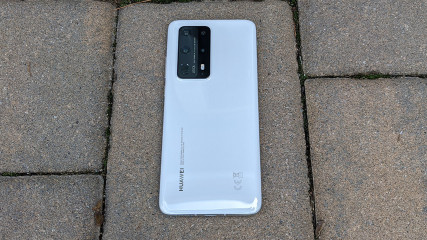
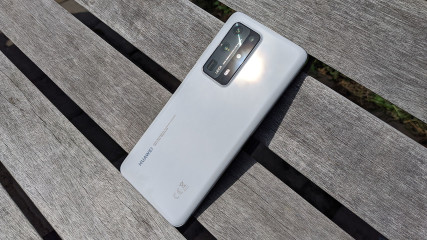
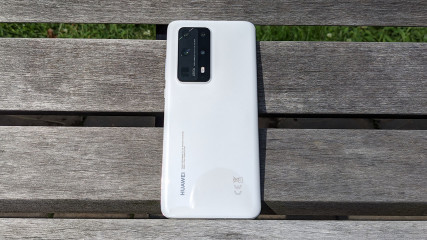
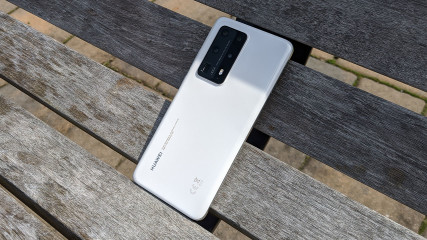





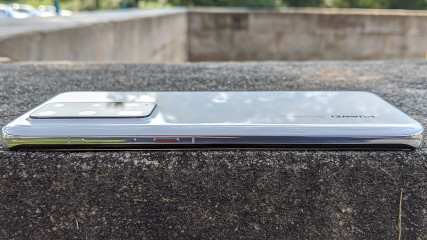

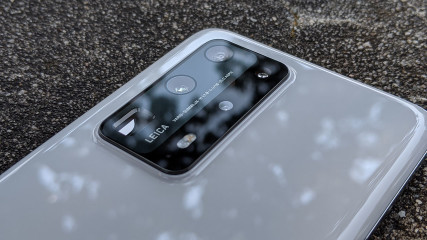
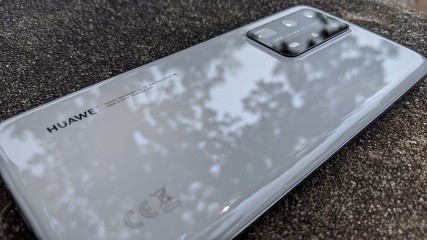


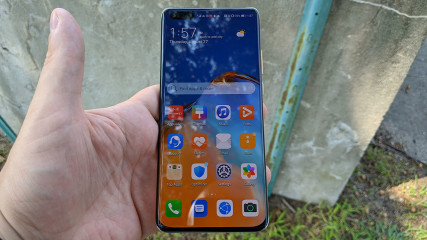
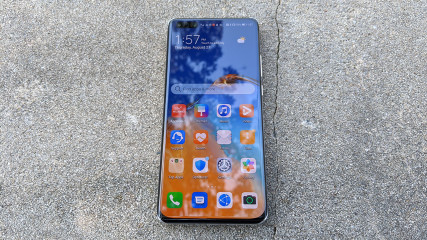
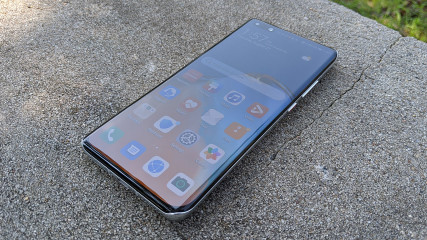
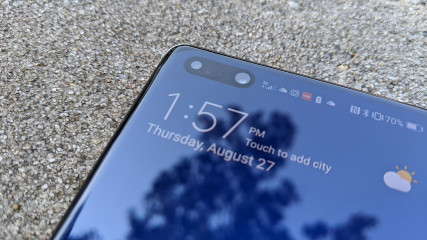

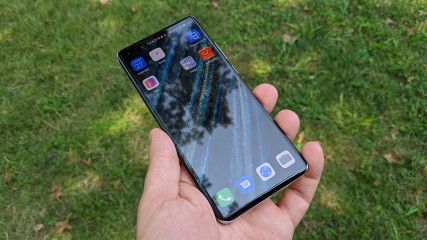
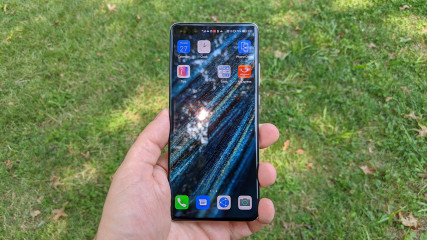









5 Comments - Add comment